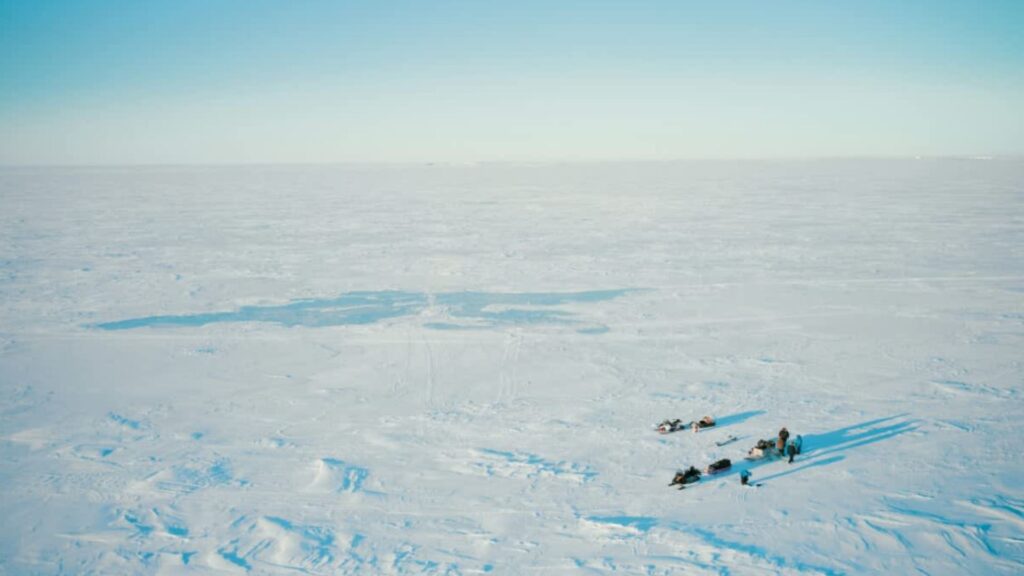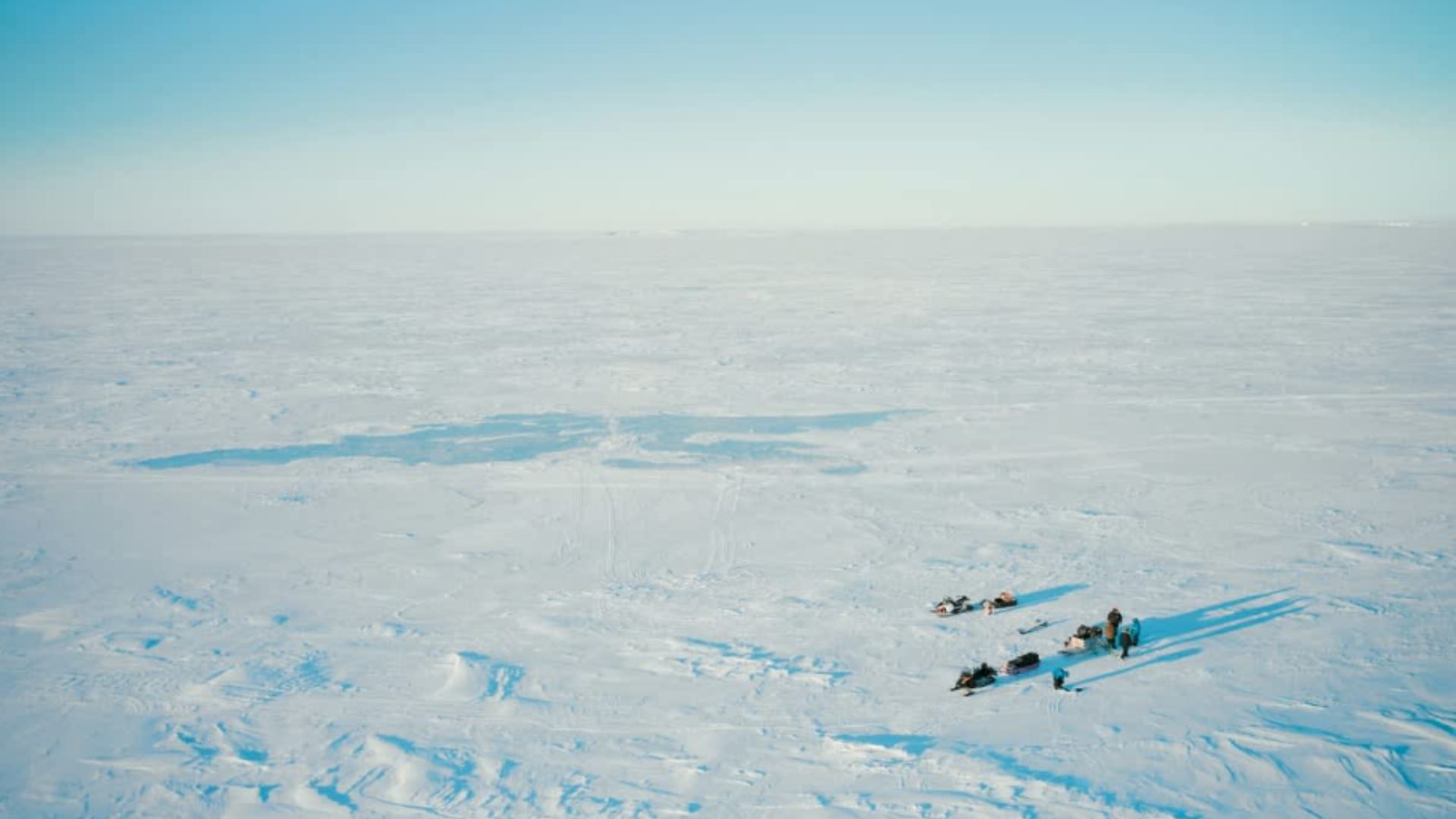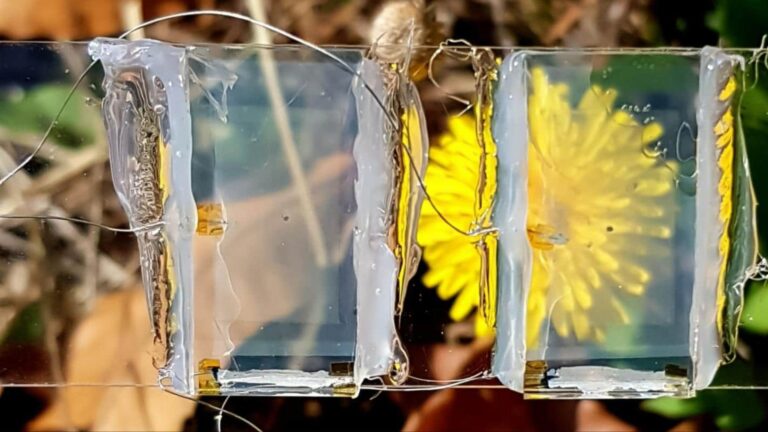
A team of the world’s top polar scientists has just delivered a stark warning: the high-tech ‘fixes’ being proposed to save polar ice are a terrible idea. After a deep dive into five major geoengineering proposals, they concluded that every single one is wildly expensive, practically impossible to implement, and poses a serious threat to fragile ecosystems. The bottom line from their comprehensive review, published Monday? These schemes are a dangerous distraction from the only real solution we have: cutting greenhouse gas emissions now.
So, what exactly are these plans? An international team, led by glaciologist Martin Siegert of the University of Exeter, put five popular concepts under the microscope. These included radical ideas like injecting sun-reflecting particles into the stratosphere, deploying massive underwater curtains to shield ice from warm water, and even artificially thickening sea ice. Their verdict was unanimous and damning. “These ideas are often well-intentioned, but they’re flawed,” Siegert stated plainly. “Deploying any of these five polar projects is likely to work against the polar regions and planet.”
The researchers didn’t just flag these ideas as risky—they detailed the potential for “intrinsic environmental damage” with terrifying and unpredictable outcomes. For instance, a plan to manage sea ice by spreading glass microbeads could poison Arctic food webs from the bottom up. Those giant underwater barriers? They could disrupt critical whale migration routes and devastate entire marine ecosystems. And the proposal to spray aerosols into the sky could end up shredding the ozone layer and throwing global weather patterns into chaos.
Beyond the environmental dangers, the price tags and logistics are simply staggering. According to their analysis, every single proposal would cost a minimum of $10 billion just to get started and maintain. To put that in perspective, building sea curtains for a tiny 50-mile stretch of Antarctica’s massive 33,312-mile coastline would run about $80 billion over ten years. Even if the money appeared, the teams couldn’t even get there—over half of recent research trips to these remote areas were disrupted by the very sea ice they aimed to study. The scale is mind-boggling: thickening just 10% of the Arctic Ocean would require deploying one million pumps every year for a decade.
Perhaps the most insidious threat, the scientists warn, is that these concepts create a “false promise” of an easy way out. This could give politicians and corporations an excuse to delay the hard work of decarbonizing our economies. As co-author Helen Amanda Fricker of UC San Diego bluntly put it, these grand plans “are more likely to be environmentally dangerous, causing more harm than they seek to solve.”
This warning comes as private money is increasingly flowing into polar geoengineering projects, sparking alarm among scientists about untested technologies being rushed into the field. In a revealing move, the Arctic Ice Project recently had to pump the brakes on its own research into using glass beads after studies pointed to the potential for severe ecosystem damage.
Compounding the problem is a massive gap in governance. There are virtually no international laws to regulate most of these interventions. While the Antarctic Treaty might block such projects on the southern continent, other regions are vulnerable. This lack of oversight has prompted the European Union to call for a ban on solar geoengineering and over 400 scientists to back a formal non-use agreement.
In the end, the researchers’ message is crystal clear. Forget the risky, futuristic silver bullets. The only proven, viable, and safe path to saving the world’s ice and stabilizing our climate is to achieve net-zero emissions. Only then, they conclude, can we expect our planet’s temperatures to stabilize within about 20 years.













Thanks for sharing. I read many of your blog posts, cool, your blog is very good.